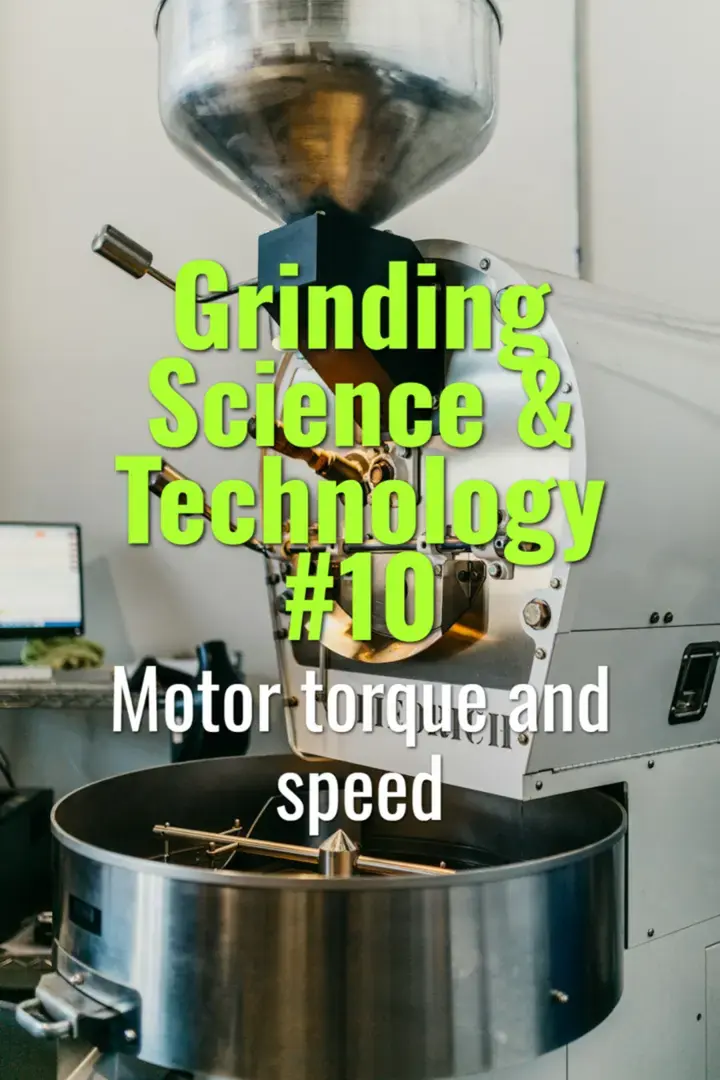Motor torque and speed
How the grinder motor's torque and rotational speed affect grinding performance, consistency, and heat generation.
- Coffee Basics Nerds
- 1 min read

Key Concepts
-
Motor Torque:
-
Determines the grinder’s ability to maintain consistent burr rotation under load.
-
Higher torque helps grind dense or oily beans without stalling.
-
Important for espresso grinders where fine settings increase resistance.
-
Motor Speed (RPM):
-
Fast motors can grind quickly but may generate more heat and fines.
-
Slower motors reduce heat buildup, preserving coffee aroma and flavor.
-
Some grinders allow variable speed for fine control over particle distribution.
-
Heat and Retention:
-
High torque with moderate speed minimizes friction and overheating.
-
Critical to avoid bean scorching or flavor degradation.
-
Practical Implications:
-
Commercial grinders often use high-torque motors to handle continuous operation.
-
Home grinders can benefit from slower, torque-optimized motors for specialty coffee.
Summary
Balancing motor torque and speed ensures consistent particle size, protects coffee quality, and improves extraction repeatability.